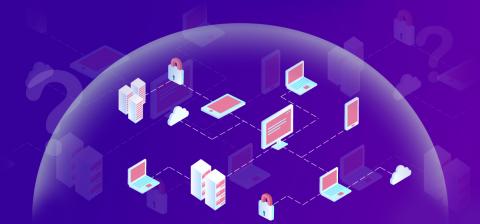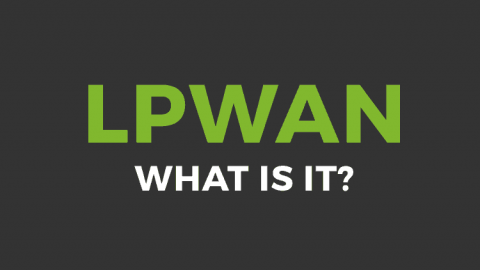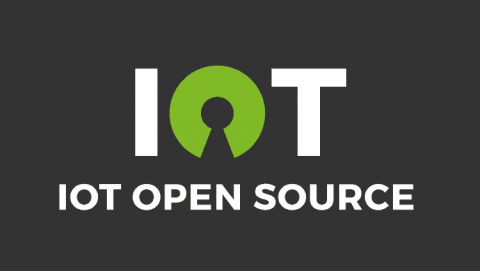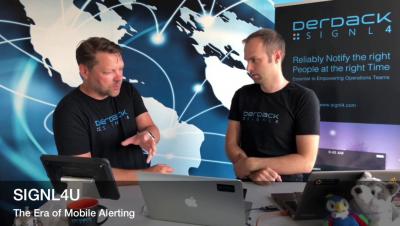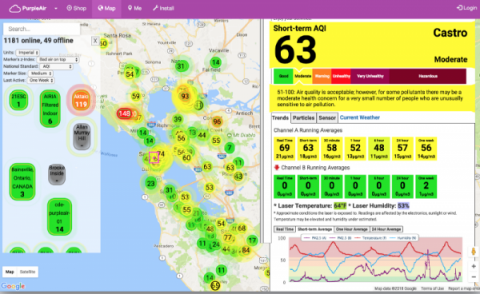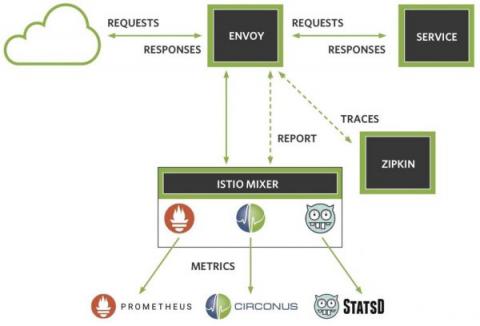Are your IT management practices IoT-ready?
2017 was supposed to be the year of the Internet of Things (IoT)—the year that this highly-touted technology matured and started producing tangible results for organizations. However, the last 12 months have left advocates of IoT frustrated. A report from Cisco claims that close to 75 percent of all IoT projects fail, and IoT as a buzzword has been replaced by the likes of artificial intelligence and blockchain. This disheartening news paints a grim picture for IoT.


